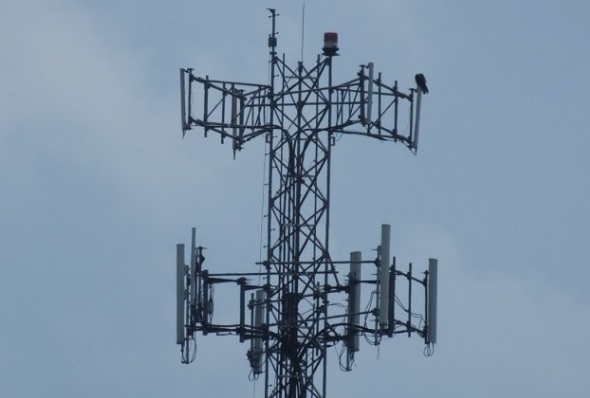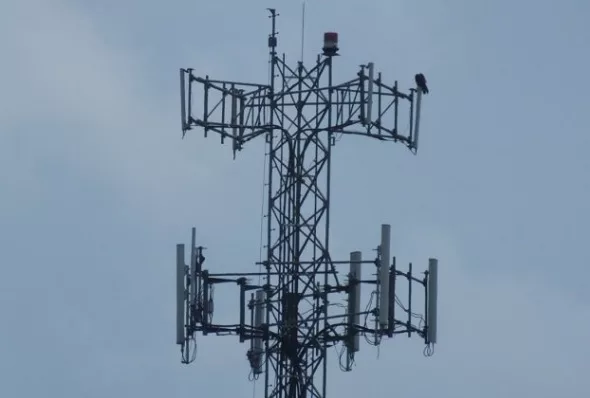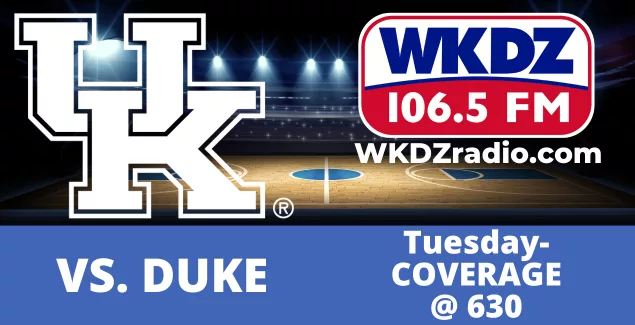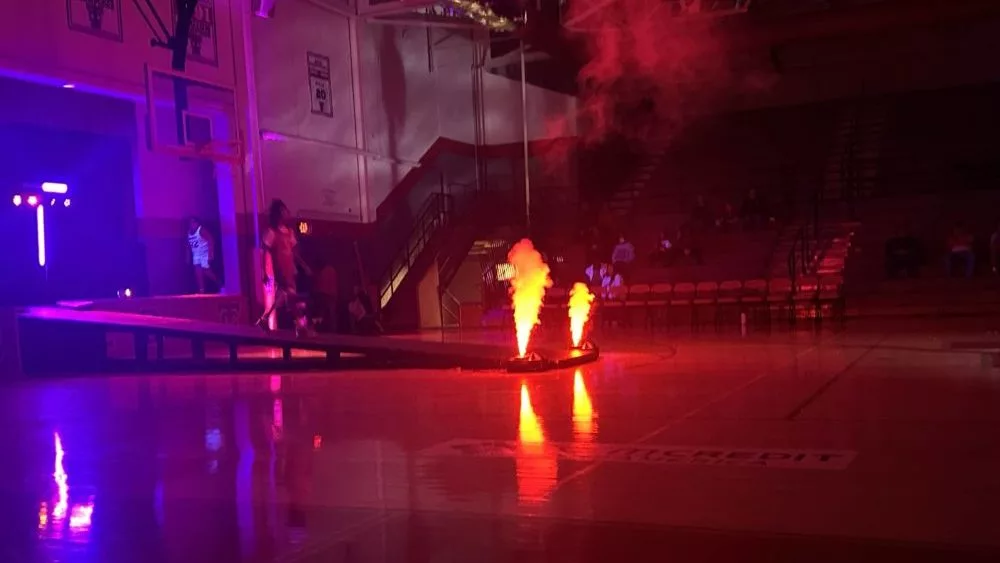
Around 1:10 PM CST Wednesday, all consumer cell phones, radios and televisions in the United States will be experiencing the same geosynchronous alarm.
But one needn’t worry or be confused.
In a coordinated effort with FEMA and the Federal Communications Commission, it’s a full test of the Emergency Alert System and the Wireless Emergency Alert networks for the country.
The EAS portion of the test will be sent to radios and televisions, while the WEA portion will be pushed to cell phones through English or Spanish texting — depending on user settings.
The purpose of this October 4 test, according to FEMA, is to ensure the systems remain an effective means of warning the public about emergencies — particularly those on a national scale.
More technically, the EAS message will be received as a Common Alerting Protocol text via the Integrated Public Alert and Warning System-Open Platform for Emergency Networks, which emergency managers know as IPAWS-OPEN.
The WEA message will come via FEMA’s IPAWS, which is a centralized internet-based system administered by federal relief organizations — and enables authorities to send authenticated emergency messages to the public through multiple communications networks.
Cell phones should only receive the message once, and it will read as follows: “THIS IS A TEST of the National Wireless Emergency Alert System. No action is needed.” In order to assist those with disabilities, the message will be accompanied by a unique tone and vibration.
The EAS test will last approximately one minute and will be conducted with the participation of radio and television broadcasters, cable systems, satellite radio, television providers, and wireline video providers. It will also come with a unique tone and vibration, and it will state: “This is a nationwide test of the Emergency Alert System, issued by the Federal Emergency Management Agency, covering the United States from 14:20 to 14:50 hours Eastern Time. This is only a test. No action is required by the public.”
So, why is the test important? Officials with the Kentucky Broadcasters Association indicate the test has added value for AM stations. Congress recently debated legislation that guaranteed AM frequency remains in automobile manufacturing as a reliable feature.
In case the October 4 test is postponed due to widespread severe weather or other significant events, the backup testing date is October 11.






